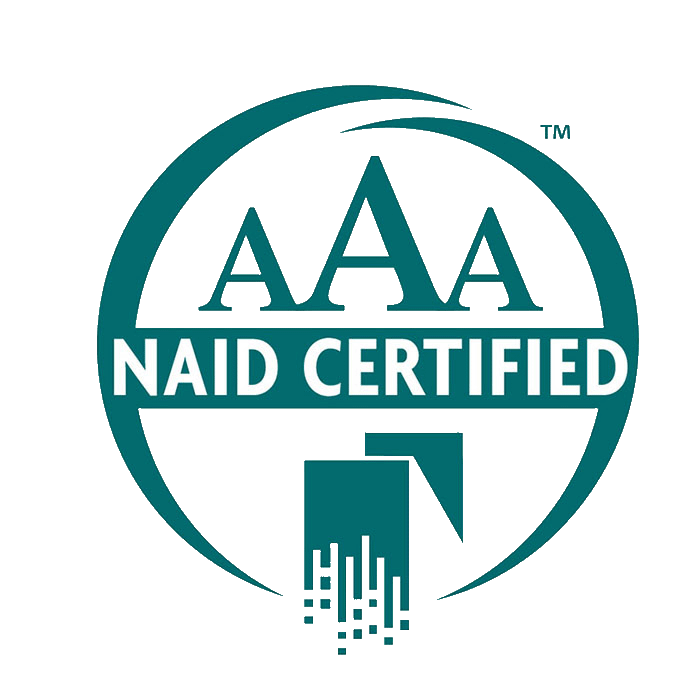
Consumer Electronics Buyback Programs Might Not Be Such A Great Deal
Better read the fine print in the contract before you pony up cash for an electronics buy back program, according to AnythingIT.com, which says they can easily be something of a scam. For one thing, you may need to hold onto the original box and packaging, and for another, it may need to be in “like new” condition, even though “like new” is not defined.
AnythingIT.com, a firm focused on electronics disposal, has issued a statement that the gadget “buy back” programs offered to consumers at point-of-sale when purchasing a new phone, computer, or other electronic item can easily be a scam. “These programs are offered at many major retailers and to be blunt, could be a con,” says AnythingIT President David Bernstein.
The programs work by charging the customer an upfront fee and promising up to 50 percent of the gadget’s purchase price if it’s traded in or an upgrade within a certain amount of time. The programs can run 5-20 percent of the item’s price tag and often pay’s little or nothing when the consumer attempts to make the trade-in. The scam’s in the terms and conditions, legal paperwork and fine print.
Read the fine print
“The buy-back programs work in a way similar to term life insurance or extended warranties on a used car,” says Bernstein. “The whole scheme is based on the terms and conditions in how the equipment is returned. The fine print for many of these buy-back contract’s is what puts everything into the retailer’s favor and makes it virtually impossible for a consumer to actually utilize the buy-back program.”
That fine print often has inclusions that no customer even realizes, let alone could comply with. For example, requiring that the item purchased must be returned in its full retail box with all accessories and original manuals included.
Or that the item be in “like new” condition, but with no definition of what “like new” means – giving retailer’s a lot of leeway in refusing items because of tiny scuffs or dings. This says nothing of the data that could be stored on the device, which the retailer may require to be “restored to original” and which they likely give no guarantee they’ll scrub so that someone else doesn’t see your data.
Bernstein says, “Instead donate your used gadgets to charity, use a legitimate recycling program for the item, or scrub the data off of it yourself and sell it online. For the individual, there are a lot of ways to sell or dispose of electronics without harming the environment or getting scammed by retailers.”
Most businesses already know that a good IT disposal policy that takes both the environment and costs into account is just sound business practice. “We here at AnythingIT.com deal with enterprise Government and Commercial businesses every day. For the consumer, these things are just as important and there are plenty of options out there that don’t involve exorbitant fees or ridiculous contracts.”







